#Kamianets-Podilskyi
Text

Kamianets-Podilskyi, Ukraine.
56 notes
·
View notes
Text

Kamianets-Podilskyi castle
35 notes
·
View notes
Text
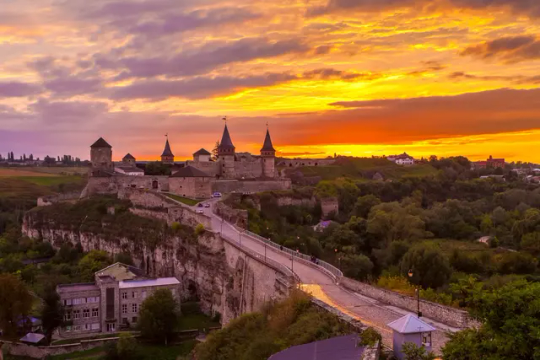
Kamianets-Podilskyi
22 notes
·
View notes
Text
Камʼянець-Подільський

Камʼянець-Подільський це неймовірне місто. Перша згадка про нього датується 1062 р, а на території міста були знайдені поселення ще IV-II століття до нашої ери.
Мабуть, навіть тоді, людей приваблював унікальний природний ландшафт: з усіх сторін місто оточене річкою Смотрич, яка утворила каньйон з неприступними, скелястими берегами.
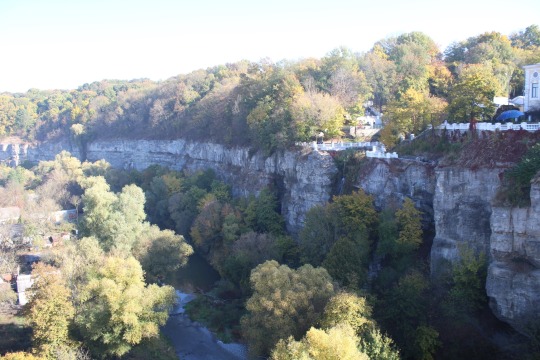
Старе місто це справжня фортеця. Навколо нього були збудовані укріплення. Частина з них збереглася.
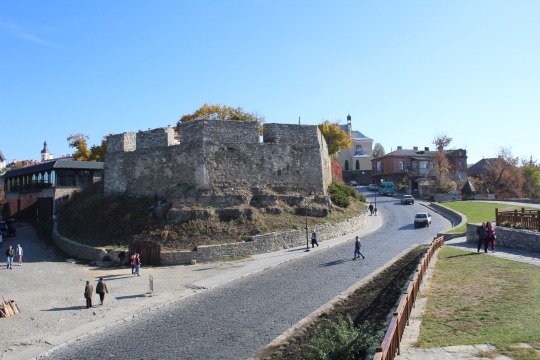


В середині, місто також наповнене історією культур і епох.
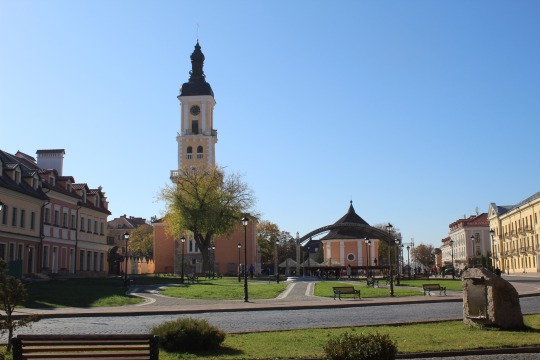
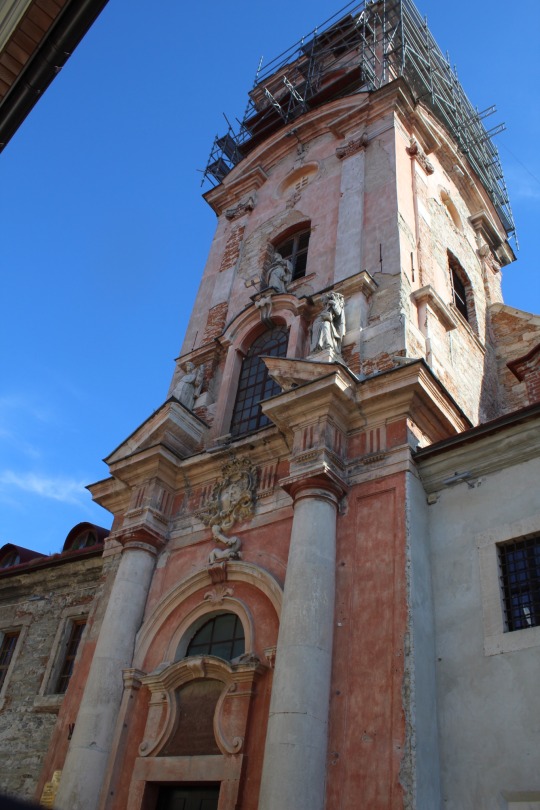
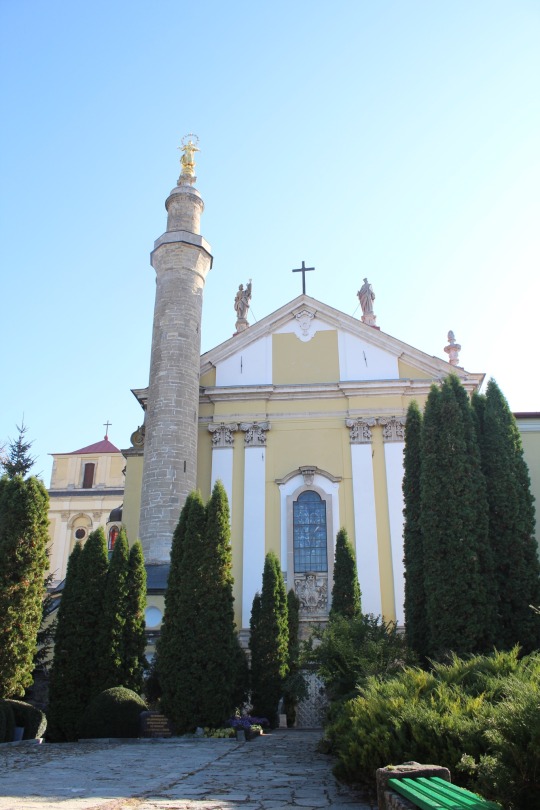
Головна рекомендація — скористатися послугами гіда, щоб не бути схожим на туриста, якому присвячена ця скульптура.
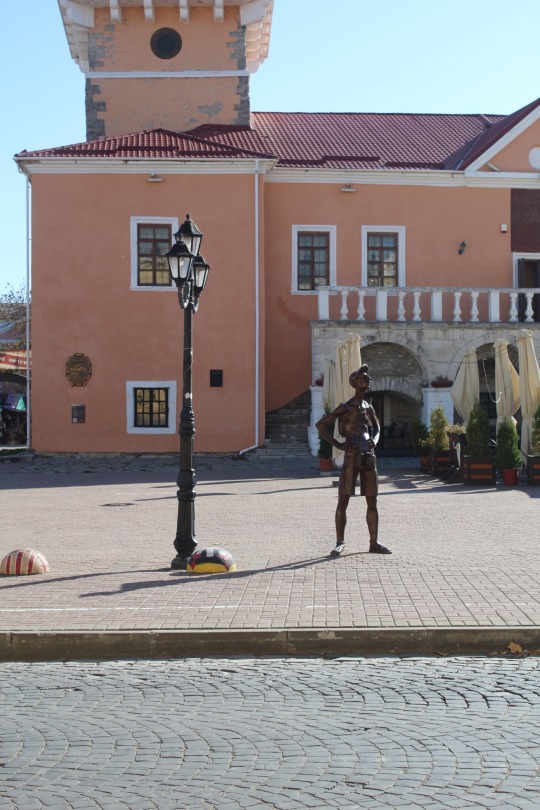
📍Камʼянець-Подільський
Підтримуй ЗСУ!
#україна#камʼянець-подільський#місто#туризм#подорож#українською#український tumblr#український пост#ukraine#city#travel#tourism#kamianets-podilskyi
19 notes
·
View notes
Text
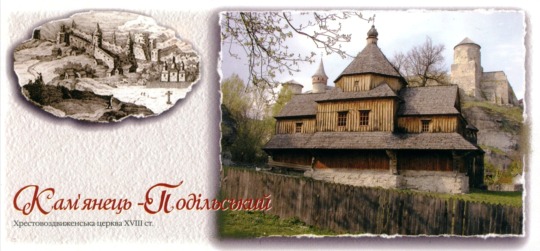
The Orthodox church of the Exaltation of the Holy Cross in Kamieniec Podolski (Хрестовоздвиженська церква в Кам'янці-Подільському), 18th century (contemporary photograph and vintage lithograph)
This postcard I have bought during my stay in Kamianets-Podilskyi c. 20 years ago:-)
#ukrainian heritage#ukrainian history#kamieniec podolski#кам'янець подільський#kamianets-podilskyi#ukraine#trylogia#pan wołodyjowski#trylogiaverse#trylogia sensem życia
10 notes
·
View notes
Photo

Kamianets-Podilskyi, from the Nyva Magazine, 1884
42 notes
·
View notes
Text

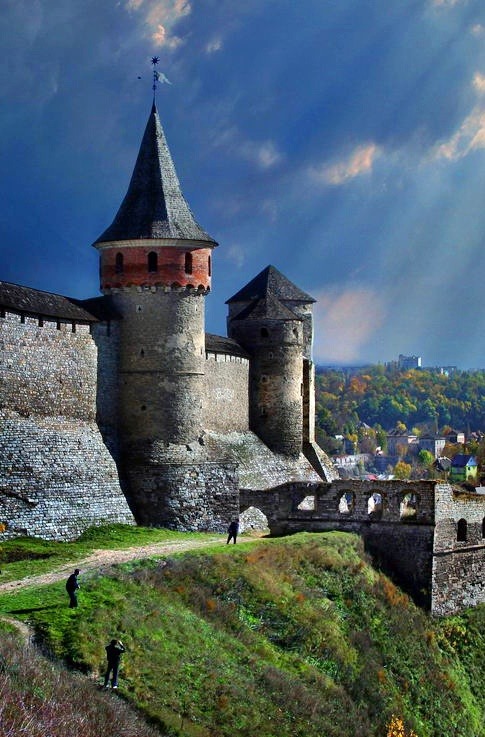

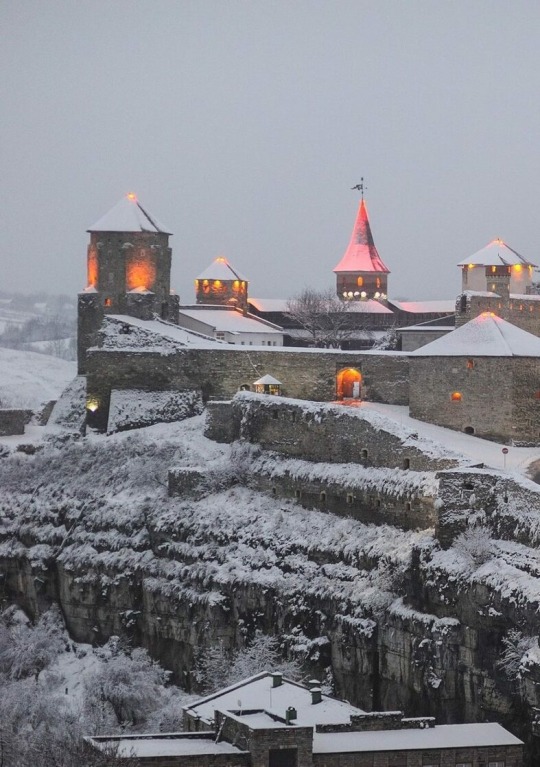
Kamianets-Podilskyi Castle, Ukraine, europe
13 notes
·
View notes
Text
My next post in support of Ukraine is:
Next site, the city of Kamianets-Podilskyi (Кам'янець-Подільський) in Khmelnytskyi Oblast. Its name is derived from an Old Slavic word, kamin, which means 'stone' and from the historic region known as Podilia. The literal meaning of the name is 'The Stones of Podilia.' It's believed by some historians that there was an earlier city built on the same spot by the Dacians, an ancient people from what is now Romania, Moldova, and parts of Ukraine. The earliest mention of the current city is from 1062. In 1241, it was destroyed by the Mongols. In 1352, it came under Polish rule. The castle in the city (which I posted about earlier in the🧵) was expanded by the Polish kings to guard against the Ottoman & Tatar invasions. Though, in 1672, the city did become part of the Ottoman Empire for a short while. It was returned to Polish rule in 1699. In 1793, after the Second Partition of Poland, the city became part of the "russian" empire. During WWI, it was occupied by Austria-Hungary in 1915. When the "russian" empire collapsed in 1917, it came under the control of the Ukrainian People's Republic and was chosen as its capital when Kyiv was captured by the Bolsheviks. In 1921, it came under the control of the soviet union until 1991, when Ukraine declared its independence.
#StandWithUkraine
#СлаваУкраїні 🇺🇦🌻
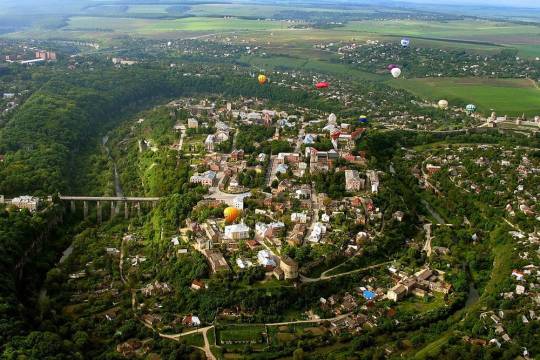
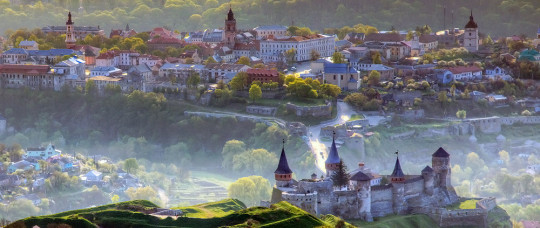
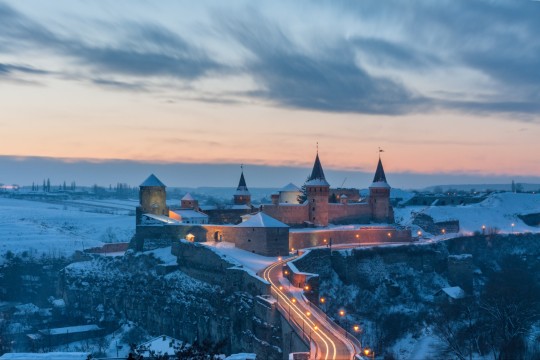
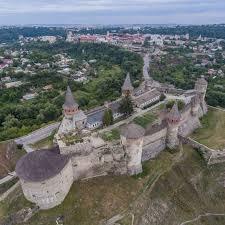
65 notes
·
View notes
Text
Every time someone says they'll keep saying Kiev (russian version) instead of Kyiv (correct Ukrainian version) because it's hard to pronounce Kyiv for them, I'm thinking that's like entry level, try pronouncing Khmelnytskyi, Vinnytsia, Kryvyi Rih, Zaporizhzhia, Kamianets-Podilskyi
#also I get that it can be hard to pronounce Kyiv#but it's very important for us to say Kyiv since Kiev is the russian version that spread due to russian imperialism#so it's more respectful to say Kyiv even if it won't come out completely right than to say Kiev#ukraine
8 notes
·
View notes
Text
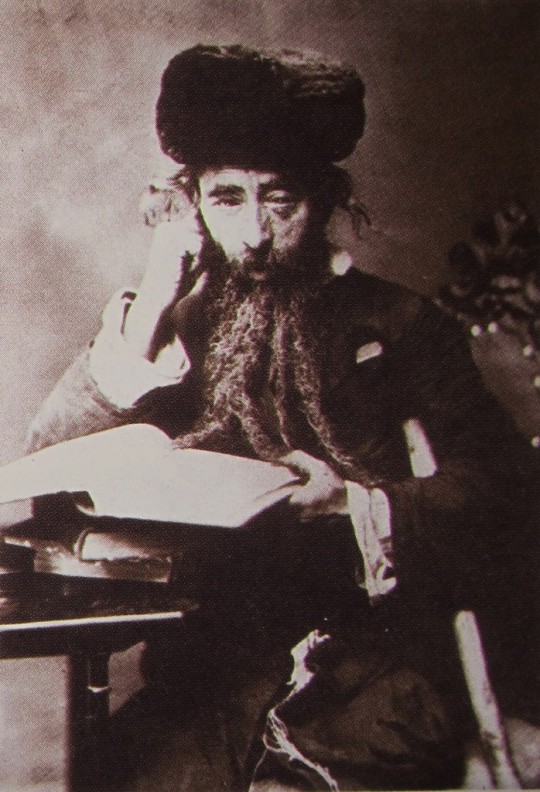
Rabbi in Kamianets-Podilskyi, Ukraine
42 notes
·
View notes
Text
Kamianets-Podilskyi: the Jewish ghetto
https://go.mitzvatemet.com/EH7BWC - catalogue of Jewish burials and memorials.
The killings resumed in the summer of 1942, when 800 people were shot, mostly old people and children, and continued throughout the year. In the summer and autumn of 1942, part of the Jewish specialists from the liquidated ghettos in the Kamianets-Podilskyi region were deported to the city ghetto. At the end of autumn, the number of prisoners in the ghetto was approximately 5,000 people. They were sent to a new ghetto, which the invaders had created on the territory of the former chemical institute. Already in the first days of November 1942, when the 4,000 Jewish prisoners who remained in the ghetto were shot, it ceased to exist.
Read more at catalogue: https://go.mitzvatemet.com/gYsjaw
#mitzvatemet #JewishGenealogy
2 notes
·
View notes
Text

source
#ukraine#ukrainian tumblr#kamianets podilskyi#україна#украина#кам'янець-подільский#український блог#український tumblr#український тамблер#архітектура#architecture
2 notes
·
View notes
Text

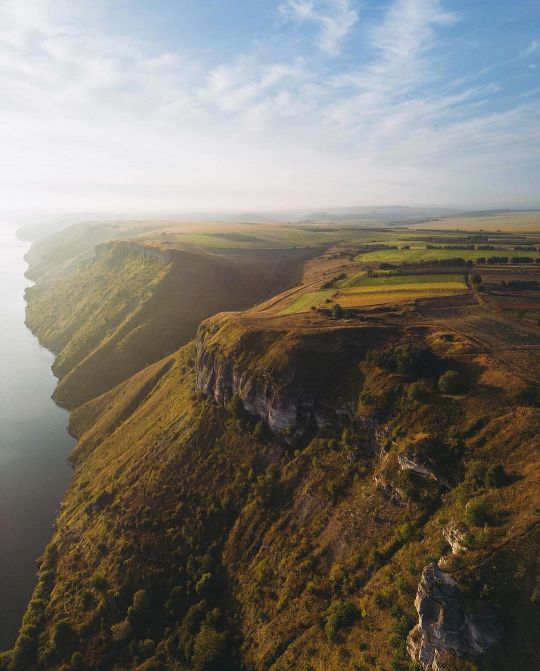




Bakota is a flooded village in Podolia near Kamianets-Podilskyi.⠀
Today this place is known for its incredible landscapes, silence, and mystical legends.
11 notes
·
View notes
Text
Камʼянець-Подільська фортеця
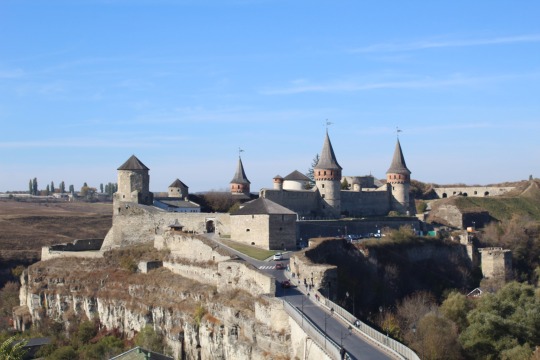
Камʼянець-Подільська фортеця — неймовірна памʼятка архітектури. Недарма вона входить до "7 чудес України".
Перші згадки про неї зустрічаються ще в XIV столітті. Вона є частиною оборонних споруд старого міста Камʼянець-Подільський.
Замковий міст, що сполучає фортецю і місто, на той момент, був єдиним шляхом, щоб потрапити до міста, а фортеця слугувала пунктом пропуску.

Фортеця, як і старе місто, збудована на березі Смотрицького каньйону.
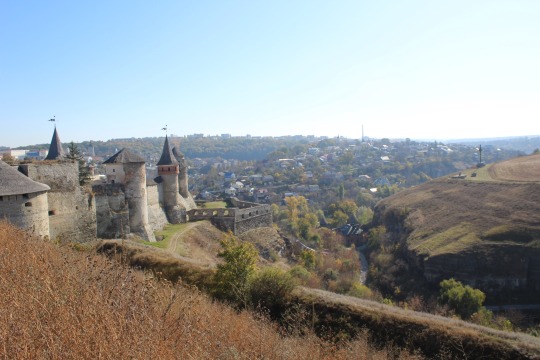
Стіни і башти фортеці дуже гарно збереглися, але відголоски штурмів теж добре видно.
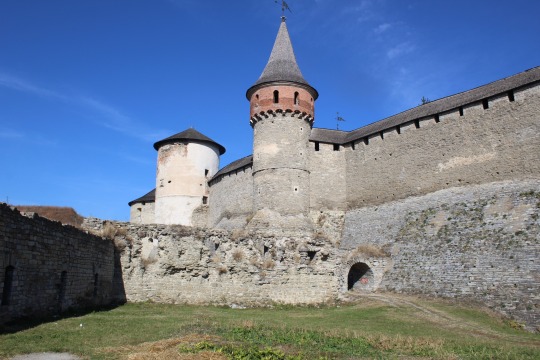
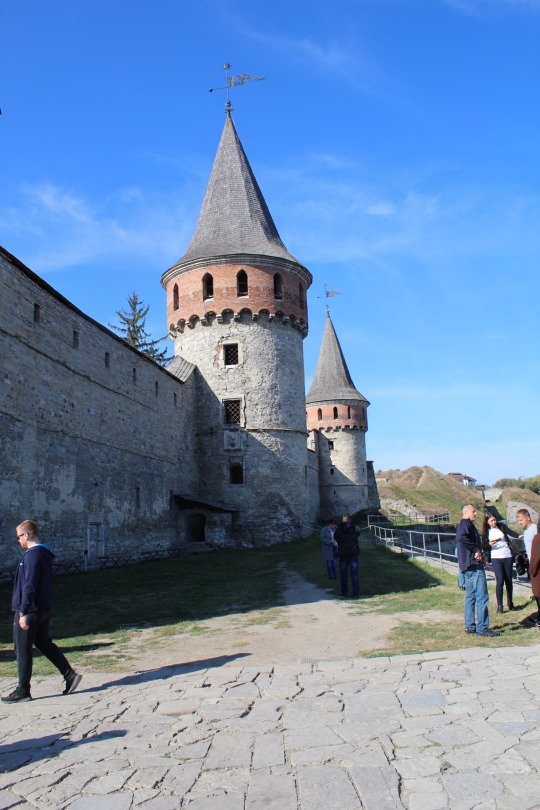
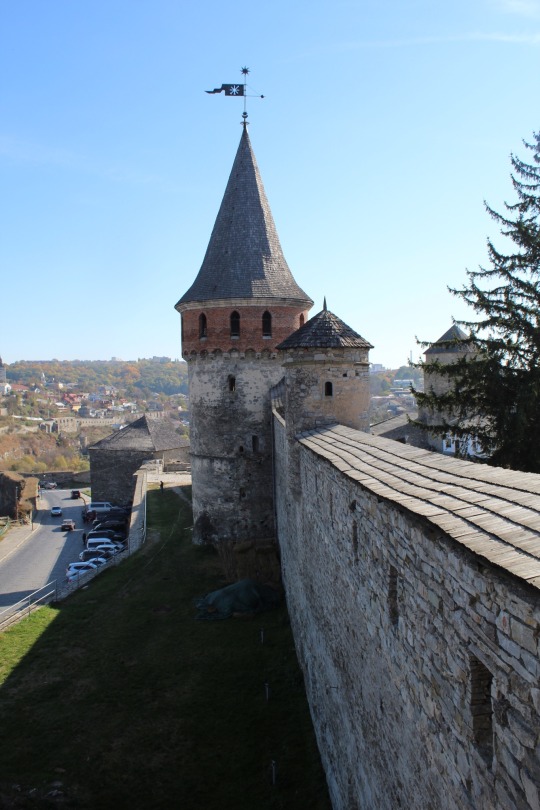

Всередині фортеці є просторий двір. Також на території була темниця, катівня, митниця і інші службові приміщення.

Зараз на території двору знаходиться кілька діючих музеїв. Тут також можна скуштувати кулішу. Є і інші розваги.
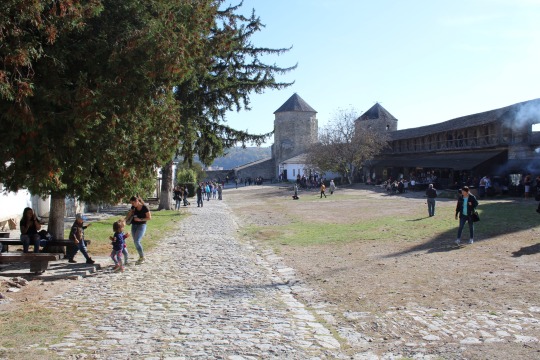
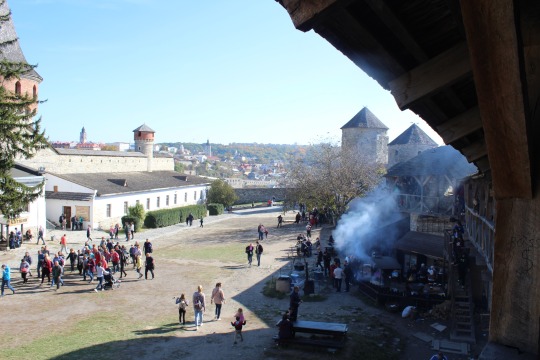
📍Камʼянець-Подільська фортеця
Підтримай ЗСУ!
#україна#замок#камʼянець-подільський#фортеця#туризм#подорож#український пост#український tumblr#українською#ukraine#castle#travel#tourism#kamianets-podilskyi
12 notes
·
View notes
Text
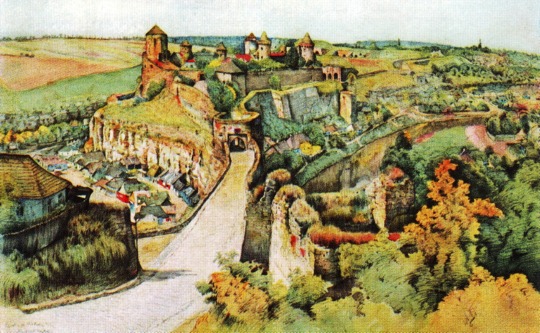
Kamianets-Podilskyi. The Old Fortress. The Castle (Turkish) Bridge
by a Polish artist, Marian Trzebiński (1871-1942), drawing from 1912
#kamianets podilskyi#kamieniec podolski#кам'янець подільський#ukraine#ukrainian lanscape#ukrainian history#polish history#polish art#trylogia#pan wołodyjowski#art#traditional art#lanscape art
98 notes
·
View notes
